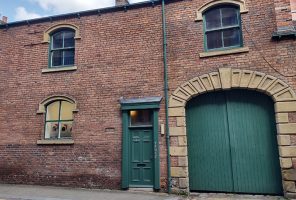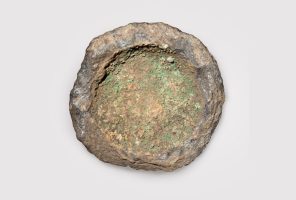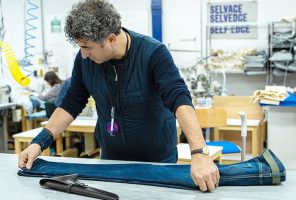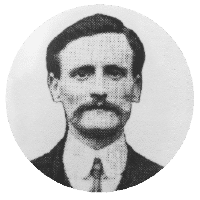MAKING KILTS
The highlander’s kilt once consisted of a long length of fabric that was draped over the body like a cloak and belted around the waist. As legend has it, when an iron works was built near Fort William in the 18th century, the owner decided that the great kilt was impractical for operating hot furnaces. The highlander’s outfit was redesigned into what we now know as the modern kilt, an iconic symbol of Scotland.
Every Scottish clan has their own tartan. At formal events, when all the men are lined up, the different tartans create a wonderful contrast to dark jackets. People appreciate the heritage of what a kilt represents. When someone owns a handsewn kilt they know it’s an heirloom garment to be passed down to the next generation.

Making kilts is completely different from tailoring or dressmaking. You start by cutting out 8 yards of tartan cloth and press, pleat, sew and steam the fabric into shape. The best cloth is made from evenly spun wool. This keeps the material both smooth and crisp, reflected in the sharp lines of the pleats. When finished, the kilt should hang without weight on the body letting the wearer walk and dance with freedom. The kilt needs to swing and swirl, spraying colour with each movement.
To hand sew a kilt, you must be aware of how cloth plays on the human form. It’s precision work. All the pleats must be even and perfectly centred. I have to consider every stitch to reflect the nuances of the body and the curves and shapes of each customer.
THE TOOLS
The kiltmaker’s toolkit isn’t so big. A thimble and needle to sew, an industrial iron to press and a pair of scissors to cut cloth. However, learning the craft takes time. I started making kilts 20 years ago at a local workshop. There were 15 of us who made kilts by hand on a production line. Over time, I gathered enough knowledge to open my own bespoke kilt company, Crimson Kilts.


You don’t make bespoke kilts without precision tools and every kiltmaker worth their salt has a good pair of scissors. Usually, scissors pull one way or the other but Ernest Wright’s cut straight and clean to the end. They’re simple and precise. When I hear sharp scissors cutting through fabric I get a buzz and to cut out 8 yards of tartan cloth, Tailor’s Choice are the best.

“I love making kilts. Each tartan requires different treatment and every customer is unique. I take great pride in transforming eight yards of pure wool twill into a bespoke kilt, worthy of being a future family heirloom.”
LESLEY THORNTON – KILTSMITH









